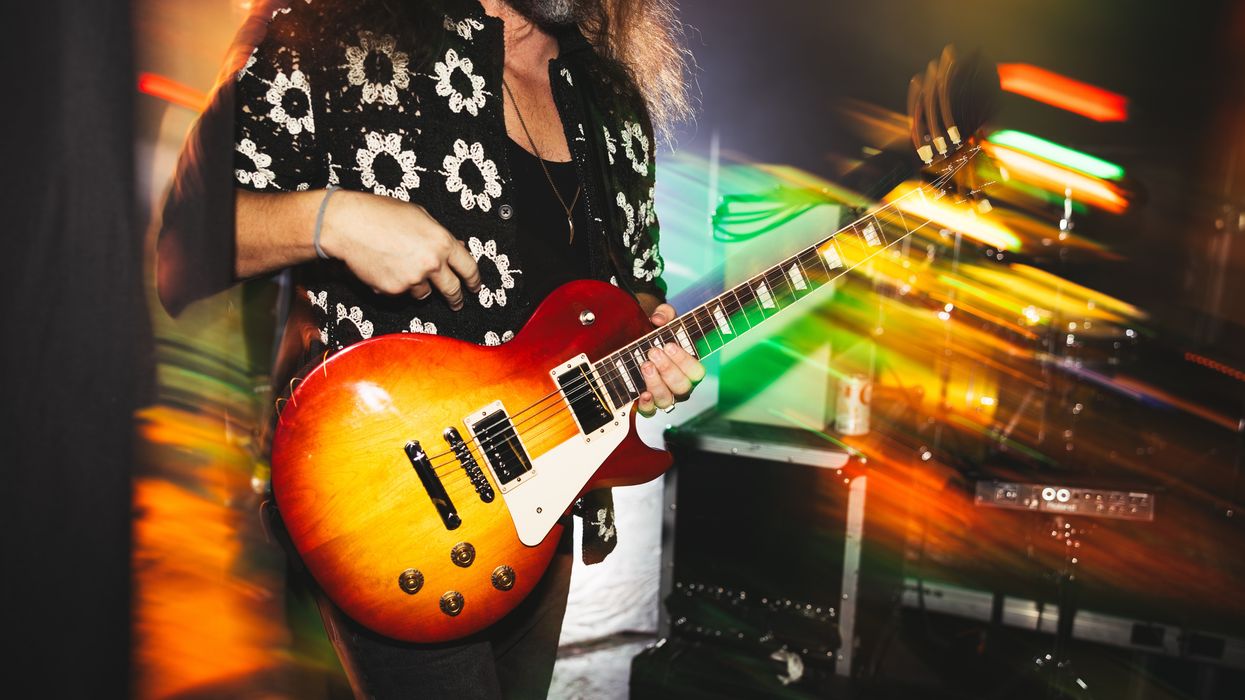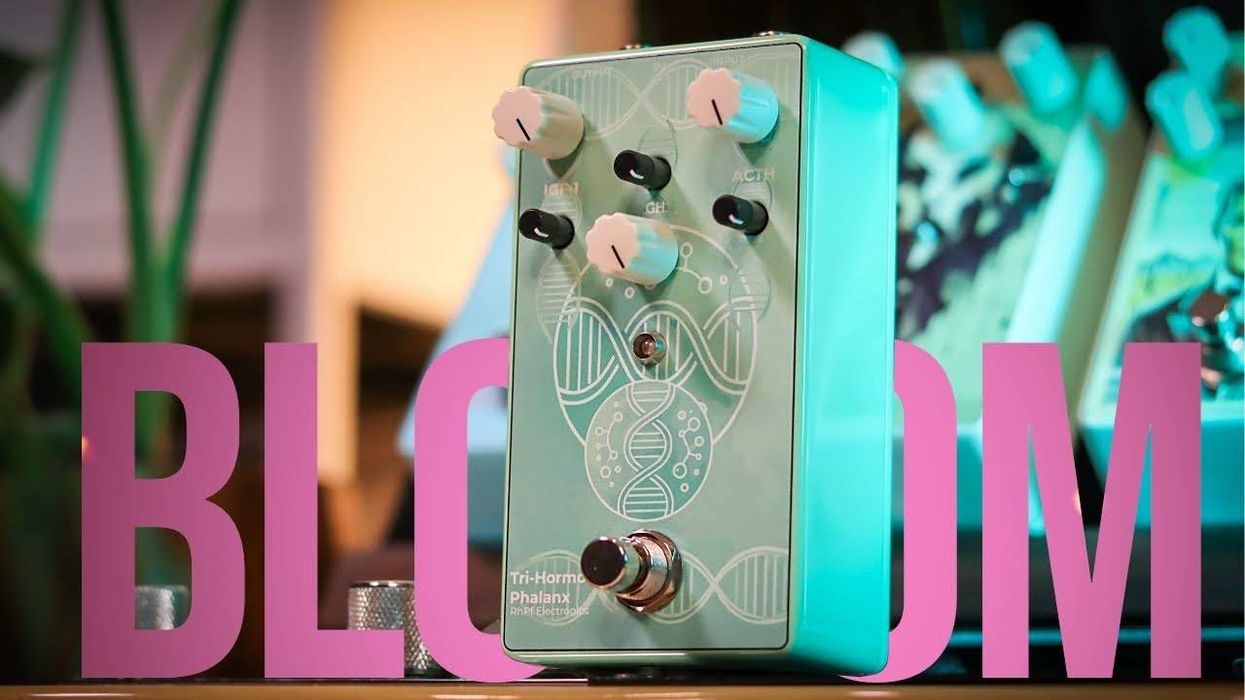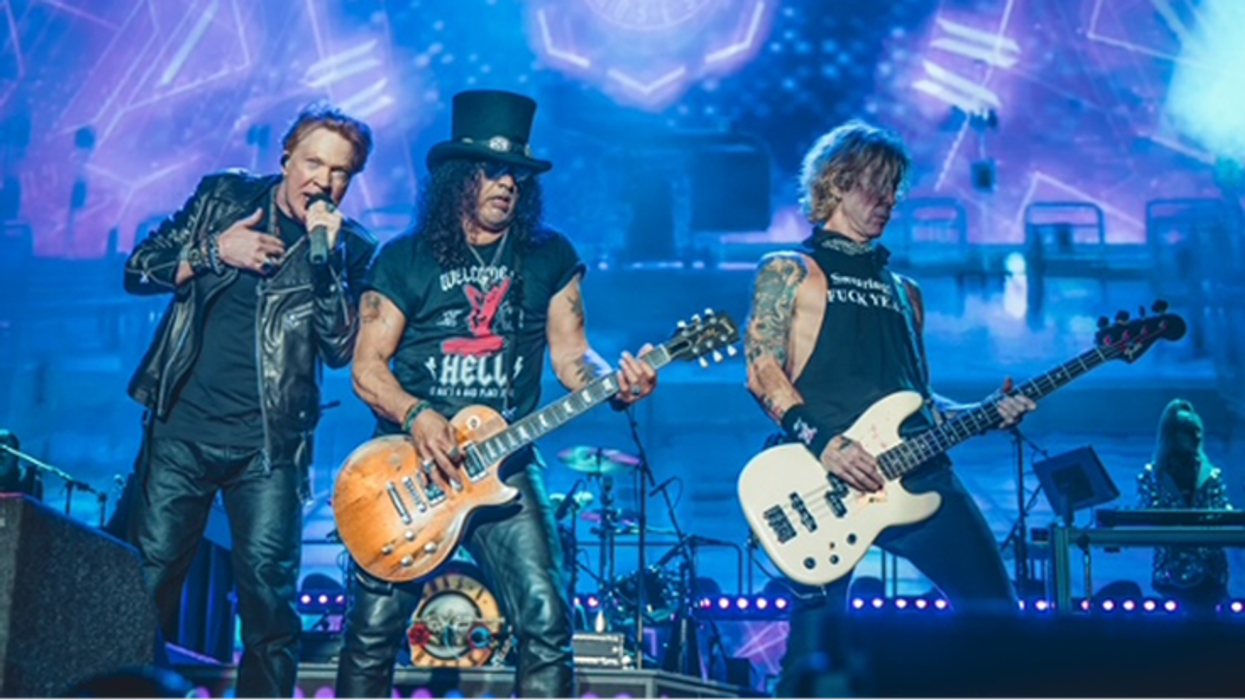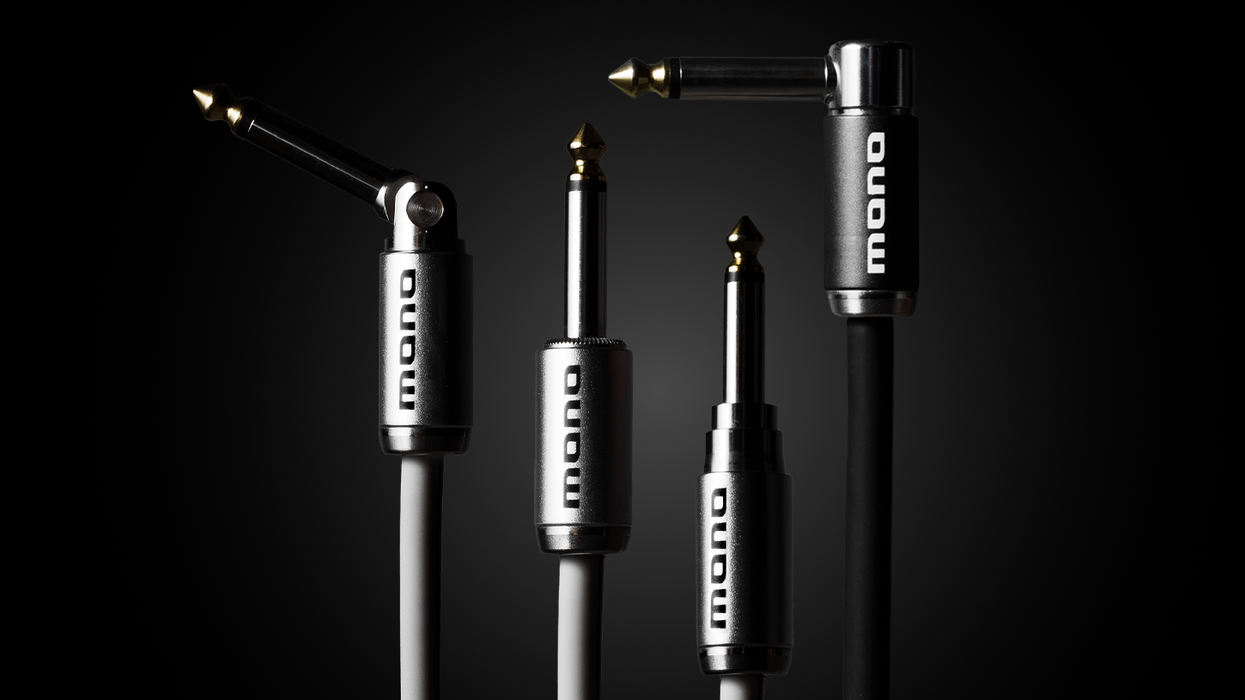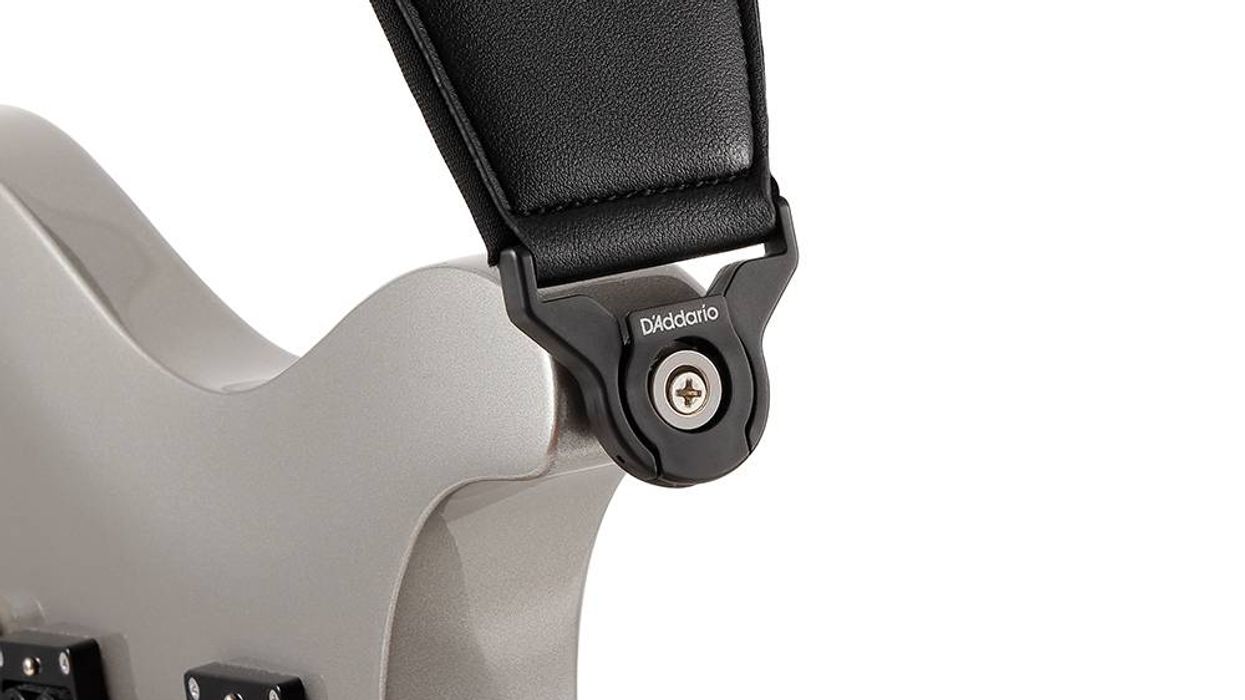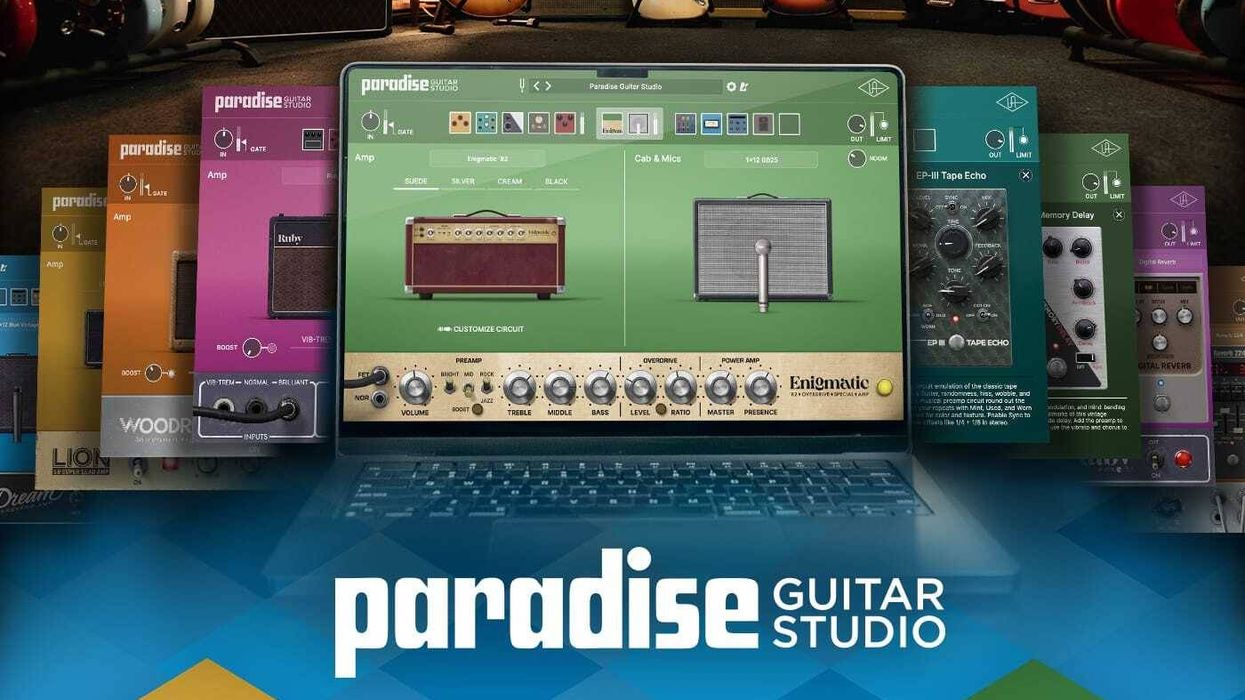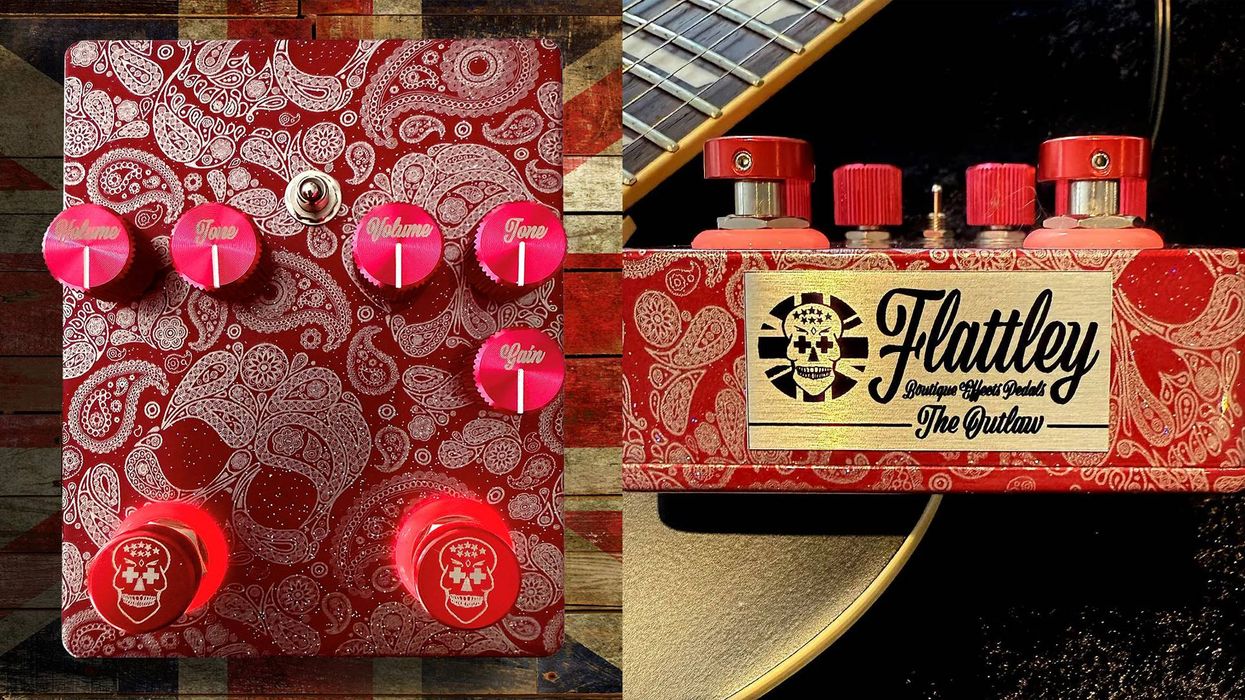Introducing THE ONE, the reimagined Gibson Les Paul Studio.
"When a guitar is “the one,” you know it. It feels right in your hands and delivers the sounds you hear in your head. It becomes your faithful companion, musical soulmate, and muse. It helps you express your artistic vision. We designed the Les Paul Studio to be precisely the type of guitar: the perfect musical companion, the guitar you won’t be able to put down. The one guitar you’ll be able to rely on every time and will find yourself reaching for again and again. For years, the Les Paul Studio has been the choice of countless guitarists who appreciate the combination of the essential Les Paul features–humbucking pickups, a glued-in, set neck, and a mahogany body with a maple cap–at an accessible price and without some of the flashier and more costly cosmetic features of higher-end Les Paul models."
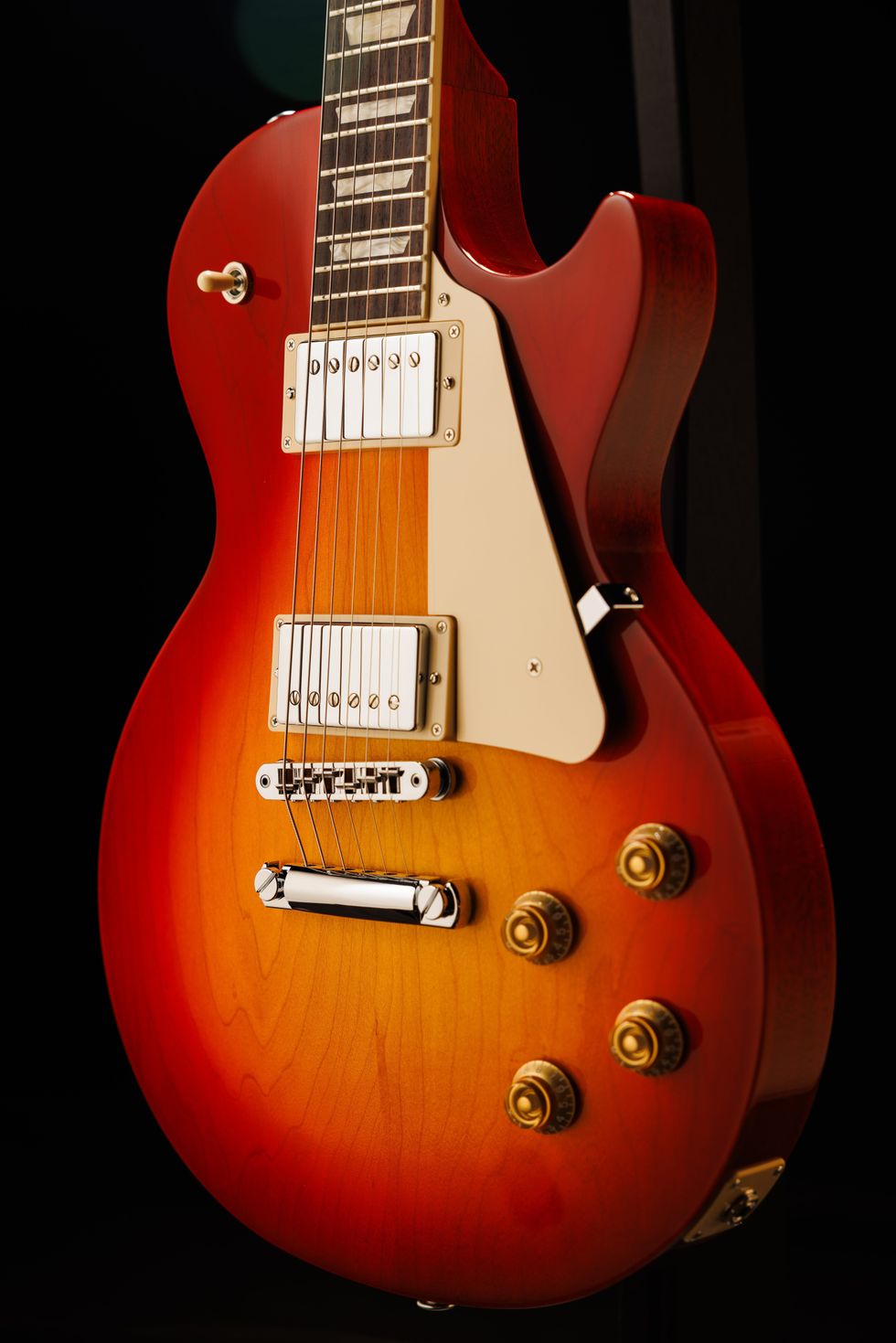
Now, the Les Paul Studio has been reimagined. It features an Ultra-Modern weight-relieved mahogany body, making it lighter and more comfortable to play, no matter how long the gig or jam session runs. The carved, plain maple cap adds brightness and definition to the overall tone and combines perfectly with the warmth and midrange punch from the mahogany body for that legendary Les Paul sound that has been featured on countless hit recordings and on concert stages worldwide. The glued-in mahogany neck provides rock-solid coupling between the neck and body for increased resonance and sustain. The neck features a traditional heel and a fast-playing SlimTaper profile, and it is capped with an abound rosewood fretboard that is equipped with acrylic trapezoid inlays and 22 medium jumbo frets. The 12” fretboard radius makes both rhythm chording and lead string bending equally effortless, andyou’re going to love how this instrument feels in your hands. The Vintage Deluxe tuners with Keystone buttons add to the guitar’s classic visual appeal, and together with the fully adjustable aluminum Nashville Tune-O-Matic bridge, lightweight aluminum Stop Bar tailpiece, andGraph Tech® nut, help to keep the tuning stability nice and solid so you can spend more time playing and less time tuning. The Gibson Les Paul Studio is offered in an Ebony, BlueberryBurst, Wine Red, and CherrySunburst gloss nitrocellulose lacquer finishes and arrives with an included soft-shell guitar case.
It packs a pair of Gibson’s Burstbucker Pro pickups and a three-way pickup selector switch that allows you to use either pickup individually or run them together. Each of the two pickups is wired to its own volume control, so you can blend the sound from the pickups together in any amount you choose. Each volume control is equipped with a push/pull switch for coil tapping, giving you two different sounds from each pickup, and each pickup also has its own individual tone control for even more sonic options. The endless tonal possibilities, exceptional sustain, resonance, and comfortable playability make the Les Paul Studio the one guitar you can rely on for any musical genre or scenario.
For more information, please visit gibson.com.
